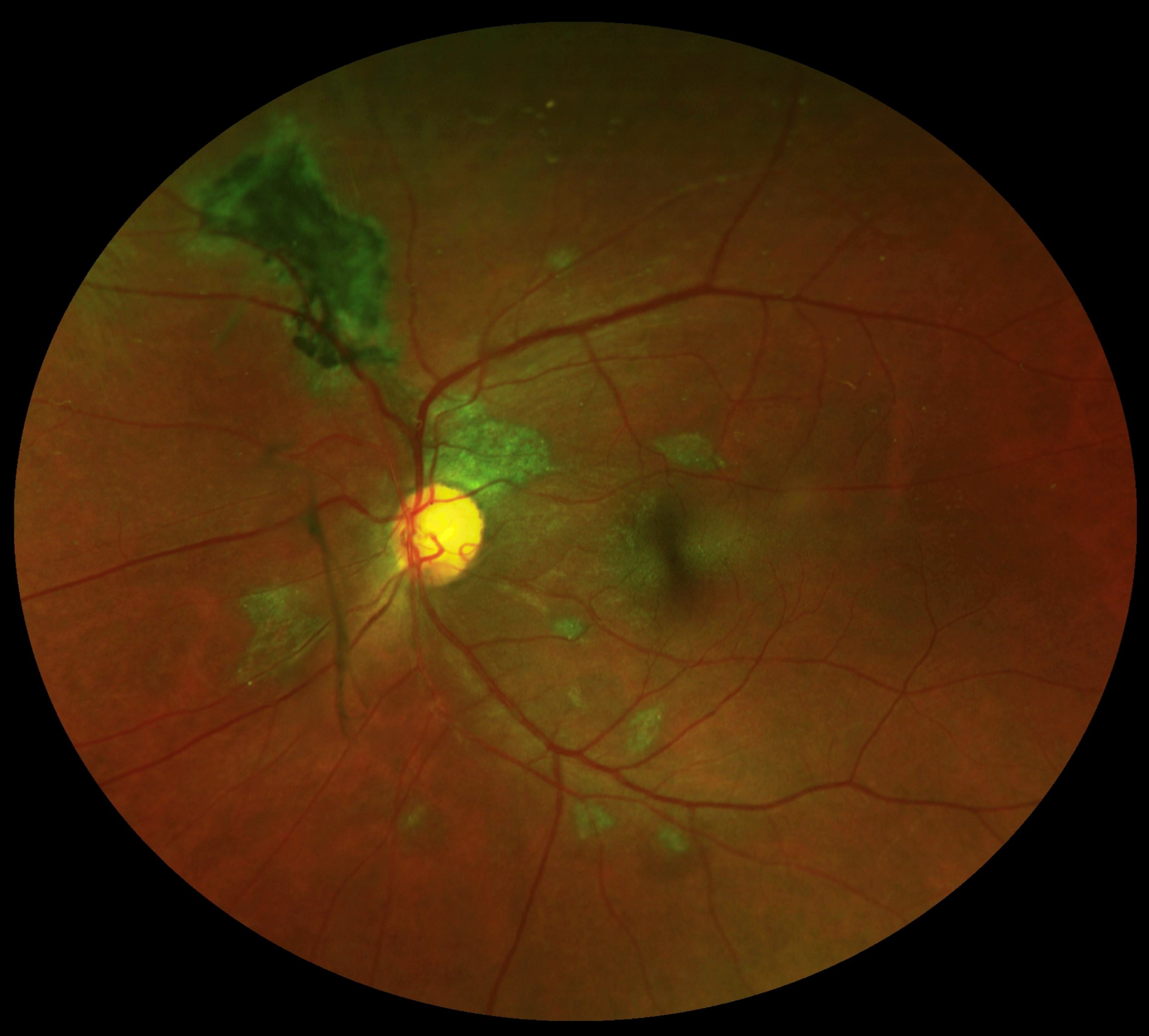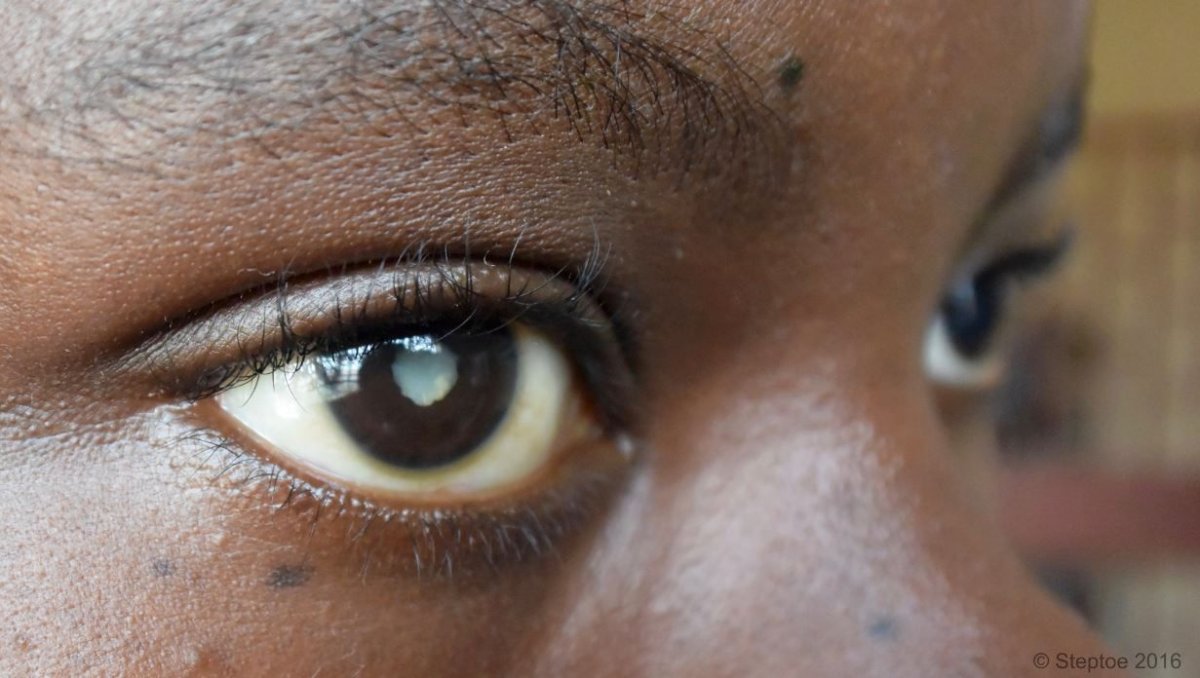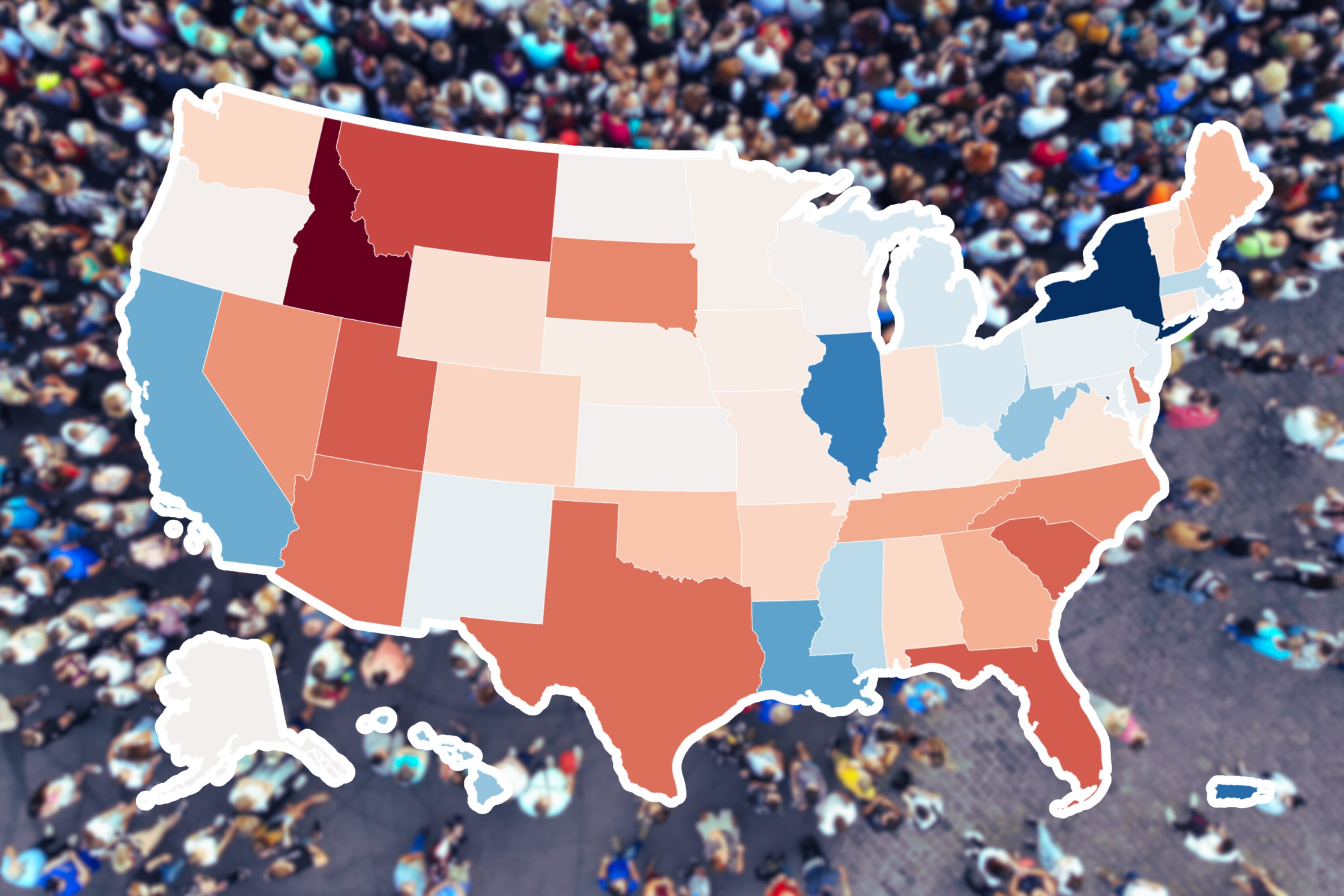
One disturbing aspect of the Ebola virus is that even if doesn't kill you, it can cause lasting problems such as joint pain, fatigue, mental issues and visual changes. By some measures, 20 to 25 percent of survivors at some point experience uveitis, a potentially dangerous inflammation within the eye. And around 40 percent of those who experience this condition go on to become blind or have serious visual impairments.
New research suggests that the Ebola virus can make its way into the retina, the part of the eye that processes light and sends electrical signals to the brain that encode vision, by traveling through the optic nerve. Once there, it attacks photoreceptors that are responsible for detecting light and color.
As described in a study published in the journal Emerging Infectious Diseases, a team of researchers led by the University of Liverpool and Royal Liverpool Hospital did visual exams of 82 Ebola survivors from Sierra Leone and 105 of their compatriots who hadn't been infected with the disease. After taking photographs of their retinas, they found a branch-like pattern of scarring that the scientists say is unique to the Ebola virus.

"We haven't seen [this] in any other disease," says Paul Steptoe, an ophthalmologist at the hospital's eye unit, and the study's corresponding author. The scar "has a triangular form that corresponds to the way the photoreceptors are aligned in the retina...and aligns with the nerve fibers that come out of the optic nerve and spread throughout the retina. What this suggests, for the first time, is that the Ebola virus gets in through the optic nerve."
The study adds to a growing body of knowledge about how Ebola can affect the eye. The first scientifically well-covered case of Ebola's effect on the eye occurred after an American physician named Ian Crozier contracted the virus in West Africa in the fall of 2014, before being taken to Emory University Hospital in Atlanta. He survived, but months after the acute infection passed, he reported visual problems, and physicians discovered that the Ebola virus had made its way into his eyes. He had severe inflammation and dangerously high pressure. Shockingly, his left eye turned from blue to green, and then back to blue again after physicians treated him with an experimental antiviral drug. He now has regained normal vision.
Steven Yeh, an ophthalmologist and researcher at the Emory University School of Medicine who helped treat Crozier, says that Crozier's visual problems were not especially unique amongst survivors. Many of those who go blind after the infection have cataracts, which develop in response to inflammation within the eye. These can usually be safely removed using modern surgical practices, however, and sight may be restored. Yeh and colleagues conducted research yet to be published showing that all 22 Ebola survivors they examined tested negative for the virus in the fluid in the front of the eye, suggesting that doctors may be able to safely perform cataract surgery; in the new study in Emerging Infectious Diseases, the two survivors with cataracts also tested negative for the virus in the front of the eye, more than a year after infection. It remains unclear how long Ebola can persist in the eye.
Perhaps surprisingly, the majority of the survivors Steptoe's team examined had scarring in a part of the retina not involved in central vision. Rather, most of the scarring affected photoreceptors involved in peripheral vision, and defects in this area may not be noticeable; the brain can compensate for small scars or defects in this region, Steptoe says. The majority of these survivors didn't have major visual impairments. This finding contrasts with Yeh's work, which shows that the scarring can affect the central vision, and may also cause damage to the optic nerve itself.
Yeh says the current study does a good job characterizing the pattern of scarring, but he isn't convinced it conclusively shows that Ebola can get in through the optic nerve. Steptoe says that it's still unknown how the virus gets into other compartments of the eye, which are normally shielded to some degree from immune cells. This blood-ocular barrier helps prevent many pathogens and immune cells from getting into the eye that could cause damage and/or inflammation. But clearly, Ebola can sidestep this system.
The researchers looked at 105 non-Ebola "controls" because a high number of people in Sierra Leone have been infected with other disease like toxoplasmosis that can also infiltrate and scar the retina. They found nearly a quarter of these people had some scarring from other diseases besides Ebola.
The doctors hope this research will help them to better treat Ebola survivors in the future. Yeh estimates there are well more than 1,000 survivors in West Africa who have serious visual impairments or blindness as a result of the disease.

Uncommon Knowledge
Newsweek is committed to challenging conventional wisdom and finding connections in the search for common ground.
Newsweek is committed to challenging conventional wisdom and finding connections in the search for common ground.
About the writer
Douglas Main is a journalist who lives in New York City and whose writing has appeared in the New York ... Read more
To read how Newsweek uses AI as a newsroom tool, Click here.








